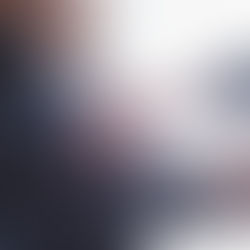Experiments
After my one-to-one on Wednesday I was raring to get back to the darkroom and try out some of the ideas we’d discussed.
First on the cards I looked at removing the emulsion from negatives with just the use of water. It had been suggested that 80 degrees Celsius would work well but unfortunately I didn’t have a thermometer that went that high, so I used equal parts boiling water with tap water and allowed the negs to soak.

After a few experiments with time I found that 3 1/2 minutes worked well. It was long enough to soften the emulsion but not so long that it began lifting away on its own.
The next step was the act of scraping away the part of the image I didn’t want. For a large area, a cotton wool bud did the trick. It was soft enough that it didn’t scratch the negative but it didn’t clear the debris. That was a quick fix though, a soft paintbrush swept over the are got rid of most of the gummy bits of emulsion that had been scraped away but to be sure I dropped the negative back into the now cooled water and rehung to dry.

For smaller areas, I bent the cotton bud in half and carefully used the plastic to scrape away the emulsion. I do have some tools that I think will work well but I don’t know what they’re called! It’s like a pencil with a cotton-like tip. They were given to me when I started hand colouring but to date no ones been able to tell me what they are for 😂

All in all, this method of soaking the emulsion worked really well. I don’t think it’s going to be a precise way of creating a blank space though so I looked at how I could possibly soften the edges a little.
The simplest solution seemed to be adding something directly to the part of the negative affected to filter the light. The only thing I had to hand at the time were felt tip pens so I coloured a bit with black and a bit with green. Interestingly the black let more light through than the green.

The next step will be to tease away more emulsion from the test negative, layer the cut out into place and then colour around the edges to see how that looks. and given these experiments, I'm hopeful I'll get some really intersting results.



















